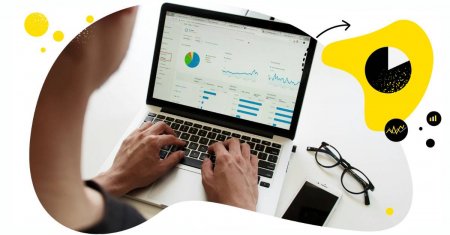Every time you create a post or engage with one on social media, you leave a trail of information for marketers to use. And that information can be gold dust when used the right way.
This social data isn’t just about vanity metrics—it offers real and valuable insights into user preferences and behaviors.
That means you can target the right people with your content and ads, and see what users really think of your products or services. But what exactly is social data, and how do you measure it?
In this post, we’ll answer those questions and show you five proven ways social data can improve your marketing campaigns.
What is social data?
Social data refers to the various types of data collected when people connect with social media platforms. Social media users share this information publicly, including metadata such as their location, language, age, gender, and interests.
Examples of social data are Facebook posts, photos on Instagram, pins on Pinterest, Tumblr blogs, Yelp check-ins, and work information on LinkedIn. Other sources include mentions, shares, likes, impressions, comments, and clicks.
Social data is important to marketers and advertisers because it helps them uncover which users are most likely to be interested in their products. They use the information to target new and potential customers by tailoring their marketing material to specific demographics and preferences.
There are two types of tools that marketers can use to access and make use of this social data. There are native tools such as Google Analytics, Facebook, and Instagram Insights, these can all be accessed as part of the marketer’s social media account. Or, there are third-party tools, such as NapoleonCat, which are separate platforms that draw on data from social media to provide marketers with insights and planning strategies.
All of these tools collect user social data together to create audience insights and help identify who is engaging with a brand. From there, marketers can plan campaigns, track performance, and create a detailed audience profile, all based on who has been interacting with their brand.
Because social media users willingly make their data public, companies have easy (and free) access to it. But it’s limited to the information that users choose to share, and you need to look out for fake accounts or bots giving skewed data.
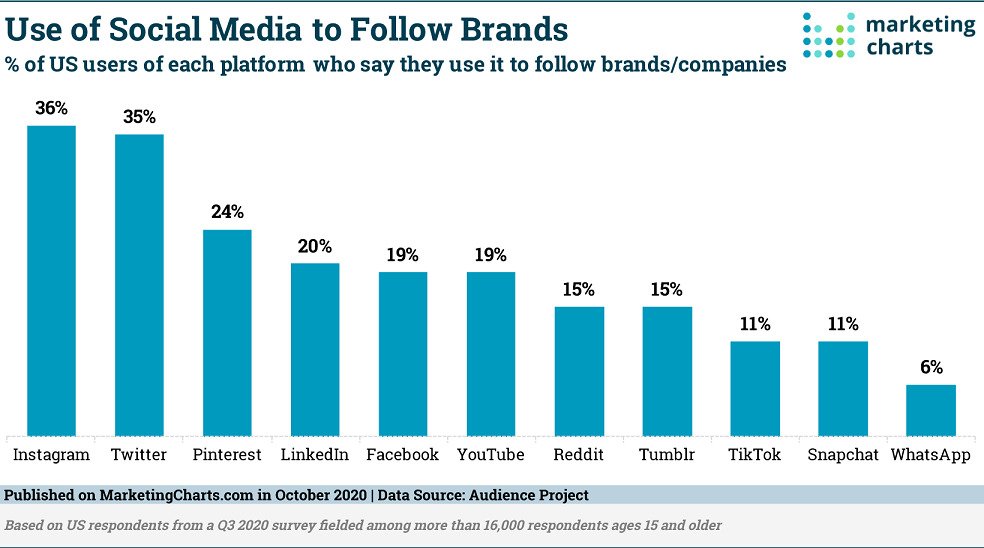
5 ways to improve your marketing campaign with social data
Now that you know what is meant by social data, let’s take a closer look at how to use it.
1. Gain insight into your audience
People now spend an average of two and a half hours each day on social media, which makes it an ideal place for companies to engage with consumers. The amount of social data generated by these interactions gives you plenty of opportunity to gain a deeper understanding of your target audience.
Depending on the product or service you offer, you’d look for users who work in a relevant industry, or whose comments indicate pain points that could be solved with your product. But social data is not just about finding new leads—it helps you build stronger relationships with your existing customers, too.
By analyzing social data, you can discover essential information about the needs, desires, challenges, and pain points of both prospects and customers. This is important for personalized interactions as well as targeted ads.
You can use this information to create ideal customer personas, and to segment your audience by demographics, psychographics (interests, hobbies, values, lifestyle), and behaviors (spending habits, and brand interactions). If you use social listening, you can analyze the conversations and trends happening not just around your brand, but across your whole industry.
You’ll also find out how people interact with your social media channels, helping you figure out which channels work best for which users. And you’ll see what types of content generate the most shares, likes, and comments. Look at the language people use on social media, and the topics they like to talk about—then use this in your marketing content.
And it’s not only your marketing content that will benefit. Making this data accessible through enterprise resource planning software will see other areas of your company improve too. For example, your sales teams will be able to pitch more effectively, addressing pain points, and targeting genuinely interested leads. Also, you’ll have the information at hand to perfect the service or product you offer, so you can specifically tailor it to your target audience.
2. Analyze and track competitors
It pays to keep an eye on what your competitors are up to. You can use social data to achieve this, by tracking your rivals’ social media activities and engagement metrics.
Since you’ll typically share a very similar target audience with your competitors, this information is valuable for your own social media strategies.
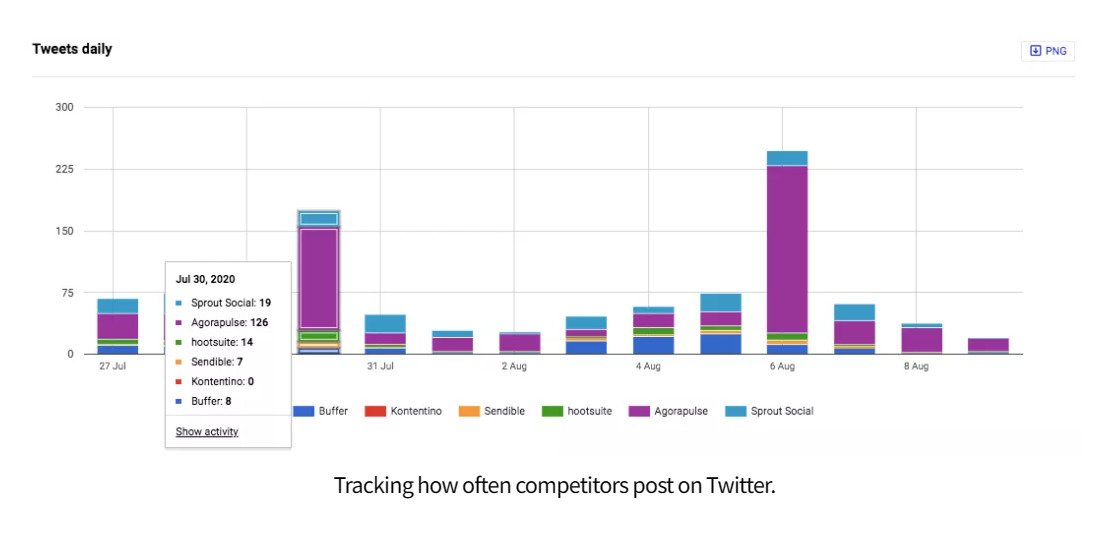
For example, with a tool like NapoleonCat, there’s a competitor analytics feature that lets you monitor other brands for their content performance, follower growth, and engagement rates. You can take inspiration from the activities that work for them, and avoid repeating any mistakes they make.
Analyze how the audience engages with different types of competitor content. Ask yourself:
- Do they use short or long posts, videos, infographics, or user-generated content?
- How many posts do they publish per day?
- Which posts and images perform best at what times?
Use these insights to inform your own content.
You can also use tools like NapoleonCat to compare your own social media performance against your competitors’. These types of tools let you view multiple social media accounts side by side, and filter the results for the exact data you want to see. You’ll identify areas for improvement and optimize your strategies to stay ahead of the competition.

Track your competitors on social media
Compare multiple social media accounts side by side and refine your own marketing strategy. Try NapoleonCat for free:
Try NapoleonCat free for 14 days. No credit card required.
Finally, you should check what users are saying on social platforms about your competitors. You may be able to identify gaps in their products or services, which your brand can fill.
3. Identify brand ambassadors
With 56% of Gen Z and millennials saying they’ve purchased a product after seeing a social media post from someone they follow, you can’t deny the value of influencer marketing.
Your business can use social data to find relevant influencers and brand ambassadors, build connections with them, and monitor the success of the partnership.
It’s important to find influencers who align with your brand values and target audience, and you can do this through analysis of social media activity. When you find influential people who are talking about your brand organically, look at their engagement rates and follower counts. See what their audience looks like compared to yours.
However, we’re not just talking about celebrity influencers—regular social media users can also be brand ambassadors. Using data to analyze your audience, you can find people who have shared positive reviews or favorable comments about your product. You can then create referral and rewards programs.
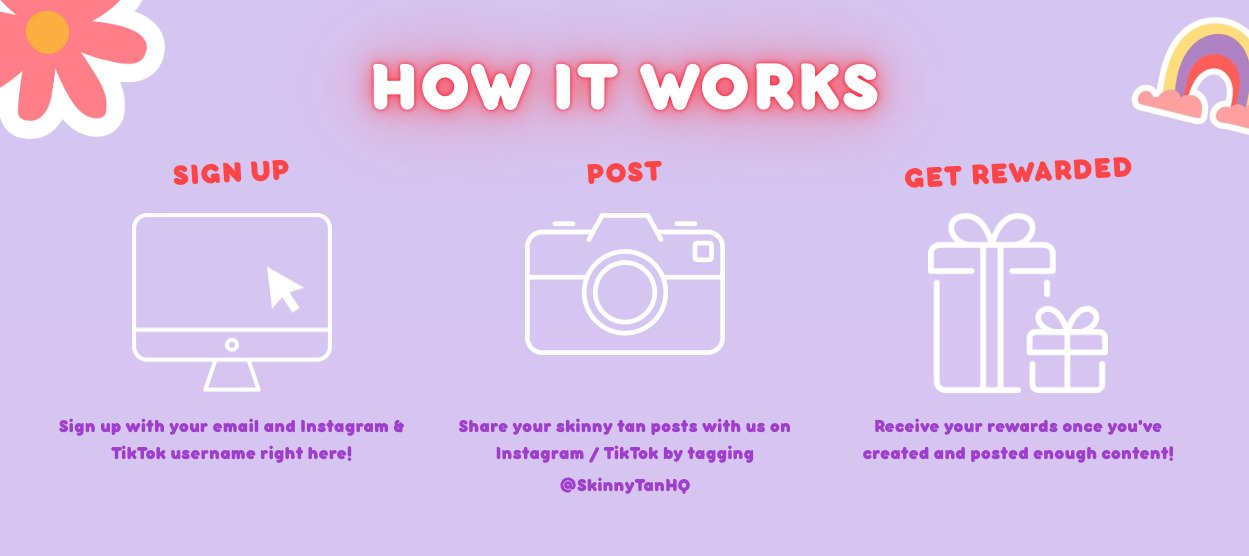
For example, the SkinnyTan self-tanning brand decided to engage its “social squad” by giving them an incentive to promote its products. If someone posts an Instagram pic or TikTok video of themselves using the product and tags the brand, they’ll receive free products as well as unlock rewards, first looks, and bonus opportunities.
4. Improve ad targeting
As well as informing your content strategy, social data also helps you to target your social media advertising more effectively—and to analyze the results of each campaign with click-through and conversion rates.
These are the ads you’re paying for, so it makes sense to get the best possible ROI by aiming them at the right people. And with the global social commerce market set to reach $8.5 trillion by 2030, encouraging people to buy via your ads isn’t something you want to miss out on.
When you analyze social media behaviors and preferences, you can determine which customers have shown interest in a particular product, and tailor your ads to them and to users with similar demographics.
You can also use data to discover the devices they use, their position in the sales funnel, and the times they prefer to use social media.
With so many sources of social data, you need tools to help you analyze it. Facebook, Twitter, and Instagram come with built-in tools. For example, Facebook Audience Insights offers detailed user breakdowns by age, gender, job title, education level, and relationship status, and gives you tips for attracting new users.

5. Monitor brand reputation
Another useful aspect of social data is that it enables you to monitor and manage your brand reputation. Just as social media users aren’t shy about sharing their interests and activities with the public, they’re also happy to comment on companies’ products and services.
If they’re sharing how much they love your brand, that’s great. But if they’re leaving negative comments and reviews after experiencing a problem, you need to know about it. Then you have the chance to resolve the issue and show the world that you care about your customers.
Things happen fast on social media, so make sure you have enough tools and customer service agents to monitor conversations and respond quickly. But you shouldn’t only reply to negative feedback—responding to positive comments and product questions will improve your reputation and increase customer loyalty.

Keep track of all social media conversations in one place
View and reply to comments, messages, and reviews from different social media platforms in a unified, multi-user inbox. Shorten response times without missing a single comment. Try NapoleonCat for free:
Try NapoleonCat free for 14 days. No credit card required.
Apart from actual comments or questions, you can see who’s talking about you by looking out for @mentions and using a hashtag analytics tracker to monitor brand and industry-related hashtags.
Running sentiment analysis will help you to determine whether the overall theme of your feedback is neutral, negative, or positive.
You can combine social data with other customer feedback, using your CRM or ERP cloud software. Combining data from all these sources will give you a comprehensive view of your brand’s reputation and help you identify areas to improve.
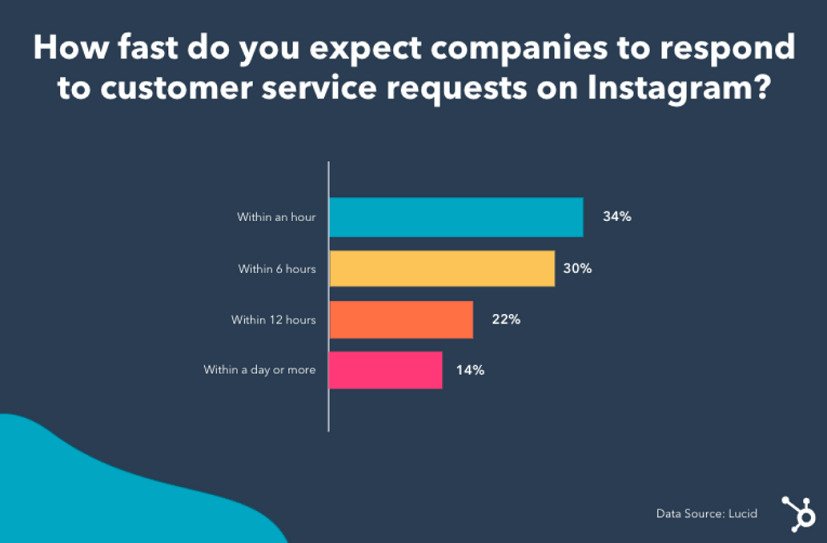
Final thoughts
The more you learn about your audience, the easier it becomes to target the right people with the right messages at the right times.
By monitoring and analyzing their social media activities and preferences, you can tailor your content and ads to those who are most likely to buy your products.
Social data also enables you to track your competitors, identify brand ambassadors, and monitor your brand’s reputation. You can use your findings to inform not just your marketing campaigns, but also aspects of business such as product development, customer service, and pricing strategies.It’s important to consider how you’ll use and store social data, to minimize the risk of data breaches. But as long as people are happy to share their information, you can use it to develop a deep understanding of existing and potential audiences.





